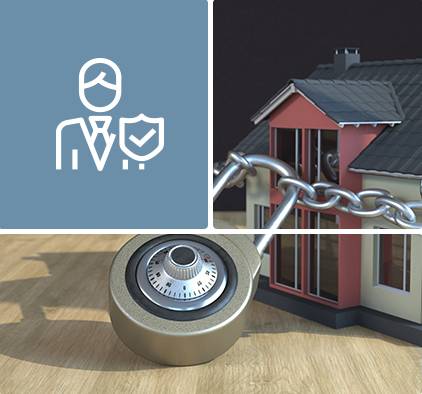One of a homeowner’s or business owner’s biggest fears has got to be enduring a flood and all the damage it could cause. The best way to conquer a fear is to learn all you can about it. In the case of flooding, the best way to prevent that fear from setting in is to learn how to respond in the event a flood were to happen.
Of course, the best thing to do is be prepared before a flood. Have an evacuation plan in place and practice it with everyone who would be involved. Have an emergency kit filled with necessary items that could sustain you and your loved ones. Your kit should include first aid supplies, water (enough for 3 gallons per day per person for 3 days), food, flashlights, batteries, medications, map, and anything else that you would need to use on a daily basis. Also have a place to keep items that will be above flood level.
If you find yourself in a flood situation, it is important not to panic. Stay aware of your surroundings. Do not drive through flood waters. Shut off electricity where you can, being safe not to step in standing water. Get to higher ground safely. Evacuate according to your plan so you can find others easily.
After a flood, wait until it is safe to go back. Do not use or drink water from the tap until it can be cleared by your local authorities. Once you are cleared to enter your building, remain cautious. Once you know you home or business is safe to enter, take pictures of all damage to submit to your insurance carrier. Do what you can to prevent further damage and submit your claims to your carrier for review.
If you would like any more information on flooding and how to handle it, check out www.floodsmart.gov and call us for a quote on a comprehensive flood insurance policy to protect you from financial distress after a flood.











